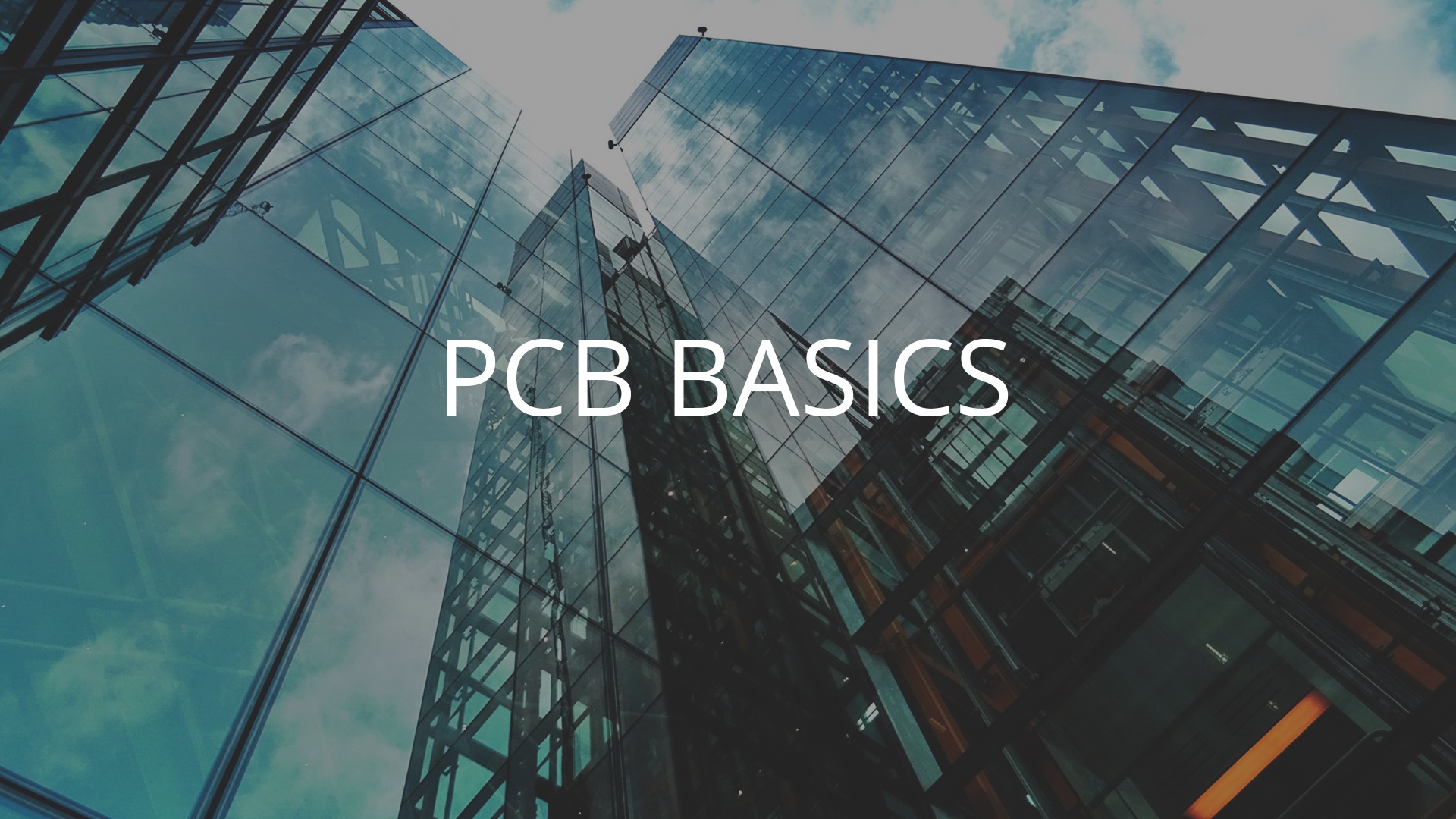A printed circuit board, or PCB, is an essential part of most electronic devices, from televisions to computers. This tutorial will help you understand a PCB’s basic anatomy, design, and assembly, along with some guidelines for helping you create your very own. Let’s get started!
Before we begin, you may want to look up some basic concepts in electricity here on World Electronics, including fundamental electricity, circuits, voltage, connector basics, and solder 101.
PCBs can also be referred to as “printed wiring boards,” or “printed wiring cards.” These labels recall the earlier versions of PCBs, when a tangle of point-to-point wiring, meticulously constructed, served as the circuitry. This jumble of wires suffered from frequent short-circuiting and breakdowns at wire junctions once the insulation on the wires began to wear thin and crack.

The more recent boards have benefited from the creation of wire wrapping. This process wraps a tiny gauge wire around the post of each connection point, resulting in a secure, durable and yet easily changeable connection. Also, a move away from bulky vacuum tubes and relays to more compact and dependable silicon and integrated circuits led to a decrease in both size and price of electronic components. An uptick in demand for more portable consumer electronics pushed for the development of even more compact solutions to bring to market. Enter the PCB.
The “B” in PCB, as we know, stands for “board.” It is a rigid (mostly) board with a roadmap of lines and pads connecting with one another. The PCB’s function is to allow signals and power to be routed between physical devices. Solder (pronounced “sodder”) is the element helping this process along, a metal (and strong mechanical adhesive) conducting the electrical connections from the surface of the PCB to the electronic components.
PCBs consist of multiple layers of various materials laminated together into a single object. Let’s dissect one now, beginning with the center and working our way to the surface.
At the very heart of the PCB is its base (also called the substrate.) Typically, this is made of fiberglass, and the most common name for it is FR4. This is the backbone of the PCB, giving it rigidity, heft, and thickness. More flexible PCBs are available, made from high-temperature plastic, such as Kapton.
Less expensive PCBs contain less-dependable materials such as epoxies and phenolics and dominate the low-end consumer electronic market. The telltale sign of these PCBs is a noxious odor when soldering to it. Because of their low thermal decomposition temperature, one must be careful with the soldering iron, as prolonged, careless contact will result in smoke, char, and delamination of the board.
Working our way out from the base, we encounter a layer of thin copper foil. PCBs usually contain this foil on both sides, called “double-sided PCBs” or a “two-layer board.” However, a PCB can have up to sixteen or more layers of copper foil. Lower-end gadgets tend to have just one side of copper.
Most PCBs contain one ounce of copper per square foot, depending on the job. Higher power demands use heavier, two- and three-ounce copper. When measuring for thickness, each ounce per square translates to roughly 35 micrometers (1.4 thousandths of an inch) thickness.
Sitting on top of the copper foil layer is the solder mask layer. Solder mask helps insulate the copper from any accidental contact with other metal, solder, or potential conductive bits. This layer is also a safeguard against solder jumpers and helps users to solder the correct places.
While green is commonly used for solder mask, some boards utilize other colors such as; red, purple, and white.
Finally, we’ve reached the topmost layer of our PCB- the silk screen layer. Here, you can add letters, numbers, and symbols that serve as a roadmap for easier assembly and greater understanding of the board itself. Silkscreen labels can indicate each pin or LED’s function, for example.
You will see white silk screen most often, but a variety of ink colors are utilized. Expect to find only one color in use on a single board.
Now it’s time to have some fun. Try your hand at designing your own PCB! A few tips to get you started:
- Find an inexpensive CAD package for PCB design.
- Check out other people’s layouts and see what has worked for them
- Practice, practice and practice some more.
4.Go easy on yourself. The boards will never be without some problems.
- Maintain a coherent schematic above all!